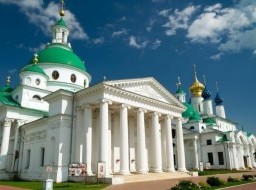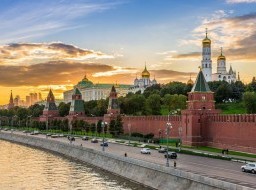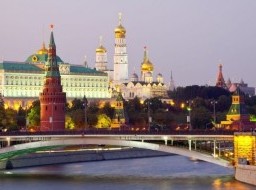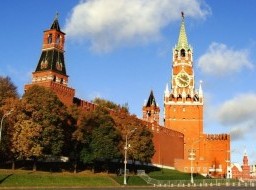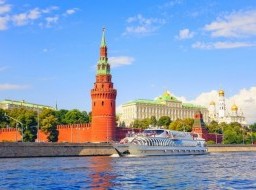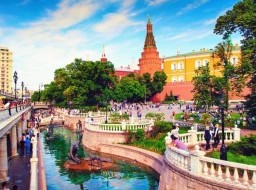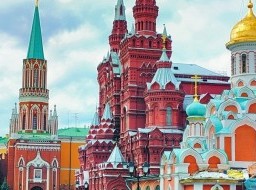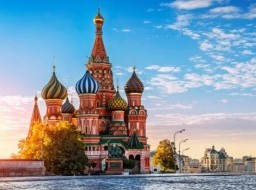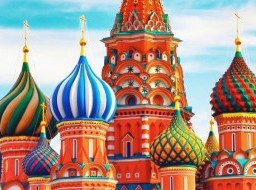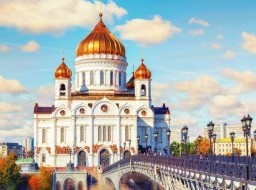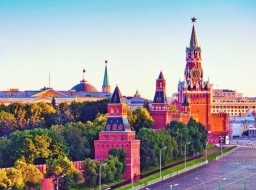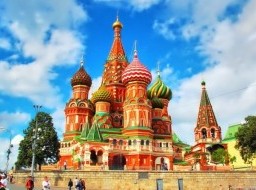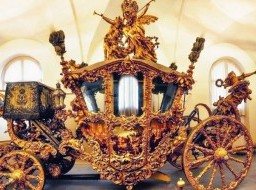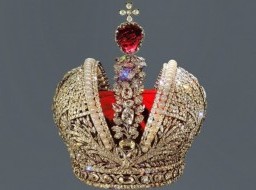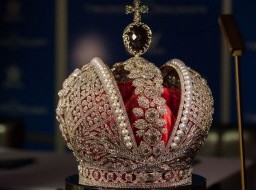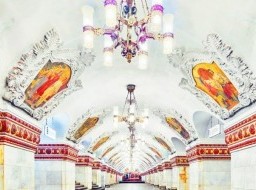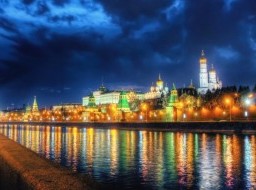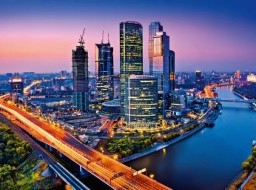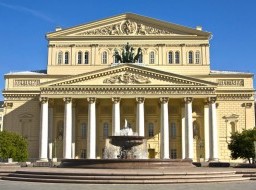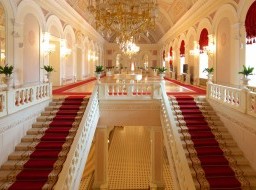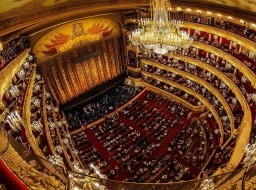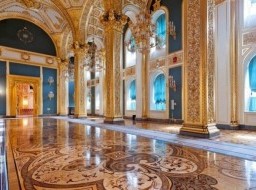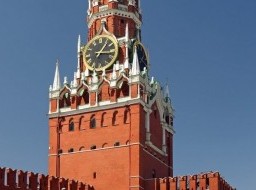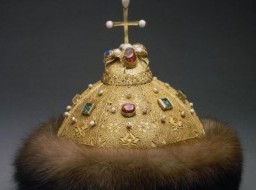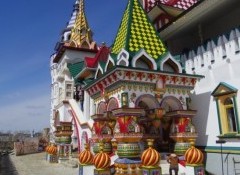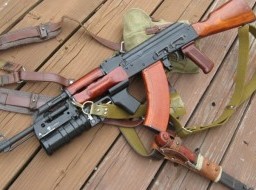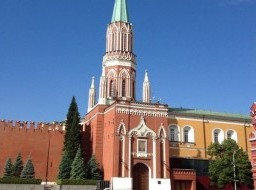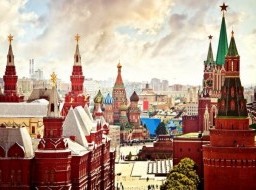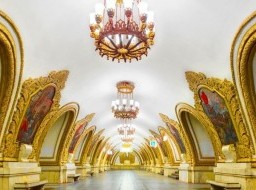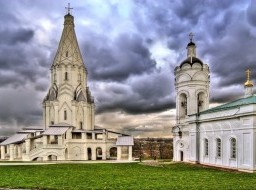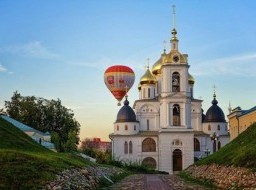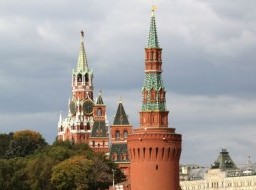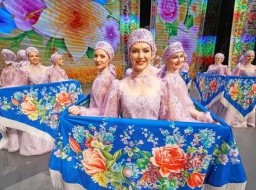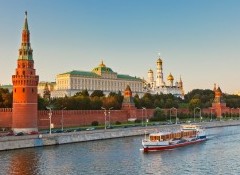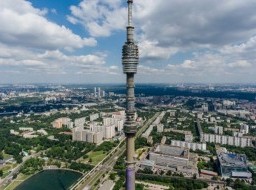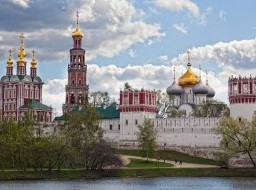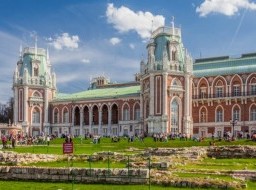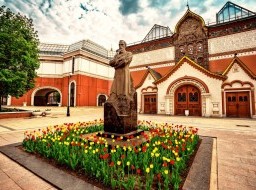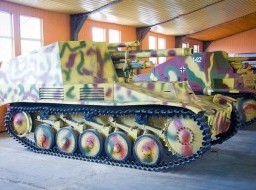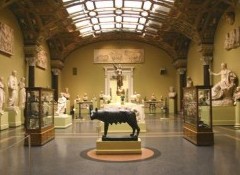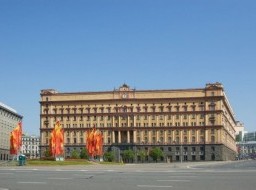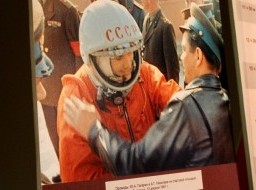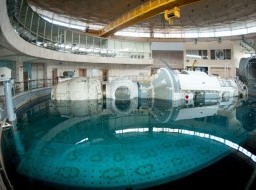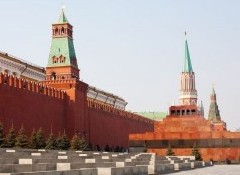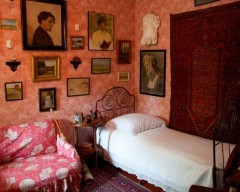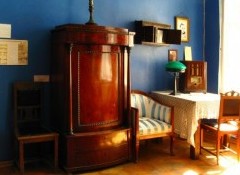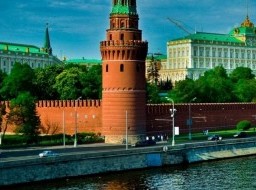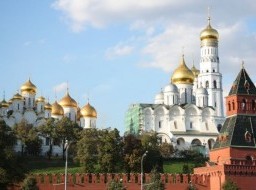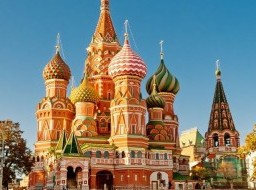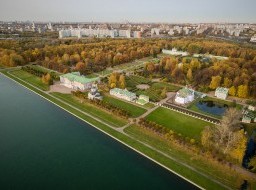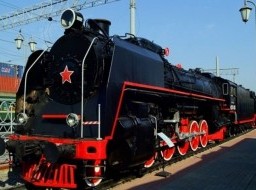Sophia Embankment (in 1964-1994 - Embankment of Maurice Thorez) - embankment of the Moscow River in the Yakimanka district of the Central Administrative District of Moscow. It passes from Serafimovich Street to the Bolshoy Moskvoretsky Bridge, the numbering of houses is conducted from Serafimovich Street. To the embankment adjoins Faleevsky lane.
Received the name of the Church of Sophia the Wisdom of God in Sofia, near the Cannon Court. In 1964-1992 it was called the quay of Maurice Thorez, in honor of the chairman of the French Communist Party Maurice Thorez (1900-1964).
History
The embankment is named after the preserved temple of Sophia the Wisdom of God in the Middle Gardeners (house No. 32, in the courtyard), known from 1493. The first St. Sophia temple stood, probably, to the west of the modern place. The existing single-domed church, located in the backyard, is dated 1682, and the belltower opening to the embankment - 1862-1868.
The stone embankment was built in the 1830s-1840s by the design of engineers NI Yanshin and AI Delvig.
In the 1930s and 1940s, there were plans to demolish the Sofia embankment with the construction of a new front facade or the breakdown of the park from the Moscow River to the Vodootvodny Canal, but they were not realized. The destruction was limited to the houses that stood in the place of the new Moskvoretsky bridge (built in 1938, the old Moskvorets bridge was located to the east and went to Baltschug Street). On the Swamp, the storehouses were demolished and a modern park was broken up.
Threats to the architectural heritageIn the 1990s and 2000s, there were many plans for the "reconstruction" of the Sophia Embankment and the Bolotnaya Square, starting with the 1995 Mosproject-4 plan, according to which only the British Embassy and the "House on the Embankment" . Later, as the task was fragmented, some projects failed, others were suspended under the influence of the public, as a result, the district lost one old building after another, but did not acquire anything new. Behind the facade of the Sophia Embankment, half-hidden billboards, was formed vacant lot, idle since 1998-2001.
The 1920s. Building a house on the embankment. On the left - houses along the Sofia, demolished during the construction of the new Great Stone Bridge.
Sofiyskaya embankment on the panorama of Moscow in 1901In 1998, the company "Keystone" demolished the buildings between the Kokorevsky house and the Bolshoy Moskvoretsky bridge (Sofiyskaya, 36 - Bolotnaya, 10), and began the construction of the office complex "Tsaryov Sad". Construction was financed by a credit line of Sberbank of Russia for $ 150 million. Spending 90 million borrowed money, Keystone managed to build only 23 of 83 thousand square meters (along the Bolotnaya Embankment). The head of the company, Elena Klimenkova, was finally convicted for 8 years for theft, and the unprofitable site went to Sberbank. In the constructed building only the two lower floors are occupied, the rest are empty; analysts suggest that the best way out for the future owner is to demolish everything built by "Keystone" and rebuild anew on a competent project. In August 2007, the press reported on the plans of the PIK group of companies to buy out a site from Sberbank.
In the late 1990s, the Moscow government was developing the question of the reconstruction of the "golden island" opposite the Kremlin. "Searches" were crowned with resolution 1104-RP of 08.11.2000 with an eloquent title "On demolition of buildings N 1 at home 4; N 1 at home 6; N 1 at home 8; NN 5, 6 at home 10 along Sophia Embankment. and buildings NN 2, 3, 4, 5b, 6, 7, 8, 9, 10, 11, 12, 13, 13a, 15, 19 of the house 14 on Bolotnaya Square. By that time, the buildings were mostly evicted, in the resolution of their owners and simultaneously responsible for the demolition were named JSC "Stone Bridge" and JSC Kremlin Site. Under demolition, all the buildings on the Sophia and Bolot were to the west and south of the British embassy (a square plot of about five hectares). Among them - not only little-known chambers of the XVII century, but also a recognized "facade" monument (the Durasov Manor-the Mariinsky School, houses No. 8-10). A few days later, on the night of November 12-13, 2000, Brook Mill LLC demolished the 17th century chambers where Picart was living - the court painter of Peter I, the author of the panorama of Moscow in 1707 (house number 6 inside the block), while being damaged and neighboring No. 8. The public protest forced the Moscow government to adjust its immediate plans, after three weeks, houses 8 and 10, directly facing the embankment, were removed from the list for demolition. Houses 8 and 10 remain evicted and abandoned to this day and gradually turn into ruins. In an even worse state, a tiny corner house at number 4/2. As of August 2007, construction work on this site is not conducted, the site itself is not protected.
On April 5, 1999, the house occupied by the Ministry of Transport No. 34c. There were no casualties.
The Moscow government does not abandon its plans for a large-scale reconstruction of this territory.
